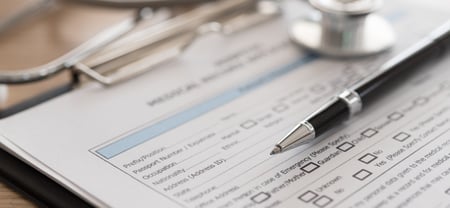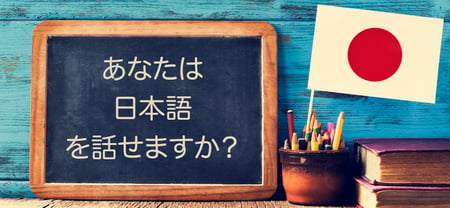Accurate communications in the medical sector are critical; it can mean the difference between life and death. So, any translations that take place need to be high quality, detailed, and done by someone familiar with the sector and its vocabulary. Understanding healthcare translation requirements is vital.
When it comes to translations for your medical practice or clinic, one of the biggest challenges you’ll face is the industry-specific language, jargon, abbreviations, and terminology.
This alone is why you should seek a translator with a comprehensive knowledge and understanding of medicine and healthcare.
They must be a subject matter expert to ensure precision and professionalism in your material.
Whether you’re looking to translate scientific papers, medical reports, or pharmaceutical labels, or you’re in need of face-to-face interpretation, our professional translators have experience in them all.
When it comes to medical sector translations, we’d strongly recommend going with a professional Language Service Provider (LSP).
To help explain why our team has put together this list of common medical translation requirements, this rundown details the key things to plan for, and be aware of, during the entire process.
1. Ensure Your Translator is an Industry Expert
If you’ve chosen an LSP with medical industry expertise - such as ourselves - you can be confident that you’ll receive high-quality and nuanced translations.
A translator who’s a subject matter expert will understand the meaning and context behind the material (not just the words themselves) and apply cultural nuances and regional differences. This is particularly important in a healthcare setting where a lot of colloquialisms and conversational language are often used.
However, if you’re taking care of your translations in-house, we’d recommend choosing somebody who has a comprehensive understanding of the medical sector over language knowledge.
On the surface, this may seem counterintuitive, but getting the technical and medical details correct should be the number one priority.
Not only will your translator need to be comfortable with medical jargon and terminology, but procedures and the latest industry developments too. Their work must also be accurate and detailed, as any slight error could lead to the wrong treatment or misdiagnosis.
2. Plan for Different Registers
The medical sector has a complex vernacular of its own. Across the different areas of medicine, as well as diseases, procedures, and body parts, language is used in a register.
The highest register means strictly medical language, like using the word ‘thorax.’ In contrast, a lower register means more colloquial, conversational use, such as ‘chest.’
Some languages use just one word for both registers, while others use two or more for the same word. There’s no hard and fast rule for what medical professionals should use - sometimes it’s simply a matter of preference - but translators should prepare for this.
If in doubt, always choose clarity over anything else. If something seems as though it’s open to interpretation, seek clarification and advice as soon as possible. It’s better to consult the experts and ask for a couple of opinions than get it wrong.
3. Understand Guidelines and Requirements
It will come as no surprise that the medical sector is full of standardizations and strict guidelines, and these can change from location to location. Ensure your translators know and understand all of these necessary requirements in the specific region they’re working in.
Whether translating a pharmaceutical label or your patient rights and responsibilities document, you must be confident they will adhere to any necessary guidelines of both the material and a particular location.
4. Ensure the Highest Quality Output
This one may seem obvious, of course, you’re going to make sure your translations are high quality. But this consideration cannot be underestimated. Any small error or ambiguity can be extremely serious and put a patient in danger.
Firstly, be sure to have all the material you - or your LSP - may need, such as style guides and manuals. With those in place, the entire process will flow much better.
Be sure to keep sentences clear and concise. Leave no room for mistakes, as this will help you and your team remain accurate and able to spot any potential errors or areas that need more work.
And of course, be sure to proofread as one last point of quality control.
Get a Quote for Your Medical Translation
Clear communication in healthcare is very important—it can save lives. That's why medical translations need to be perfect and done by experts who know medical terms well.
Book a free consultation with us at LinguaLinx to talk about your medical translation needs. Our translators are skilled in medical work. They understand everything from scientific papers to labels on medicine and talking directly with patients. We make sure to get every detail right because we know it's very important.
With LinguaLinx, you can trust us with your medical documents. We have a lot of experience and hold ISO 17100 and ISO 9001 certifications, which mean we meet the highest standards.
Contact us today to see how we can help you translate your medical materials correctly. With 20 years of experience in translating medical content, LinguaLinx is ready to make sure your healthcare messages are clear and accurate in any language.







